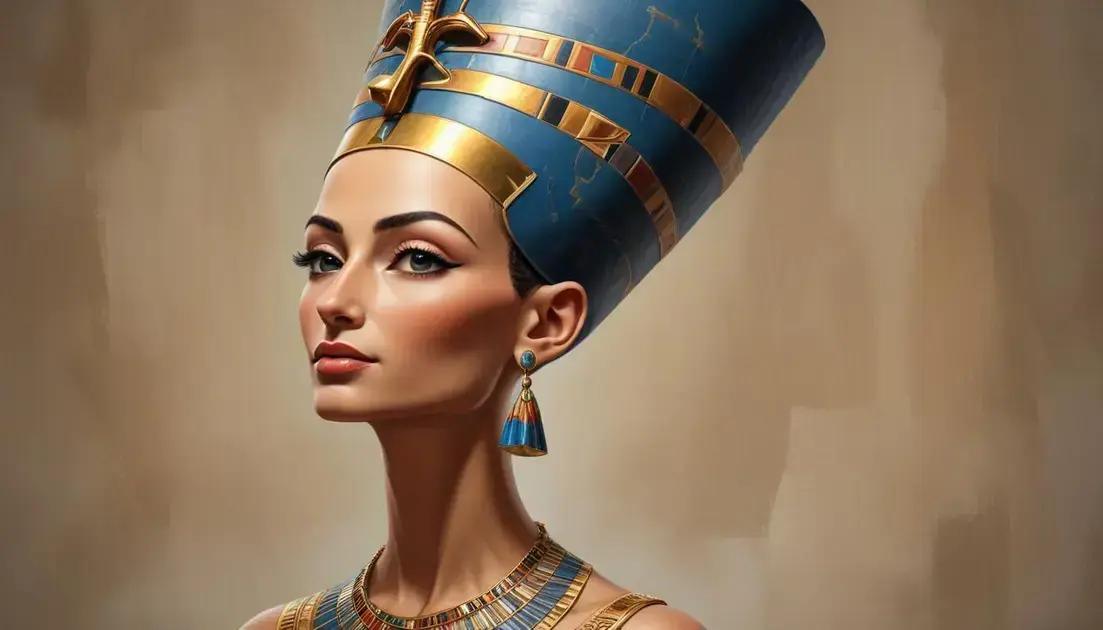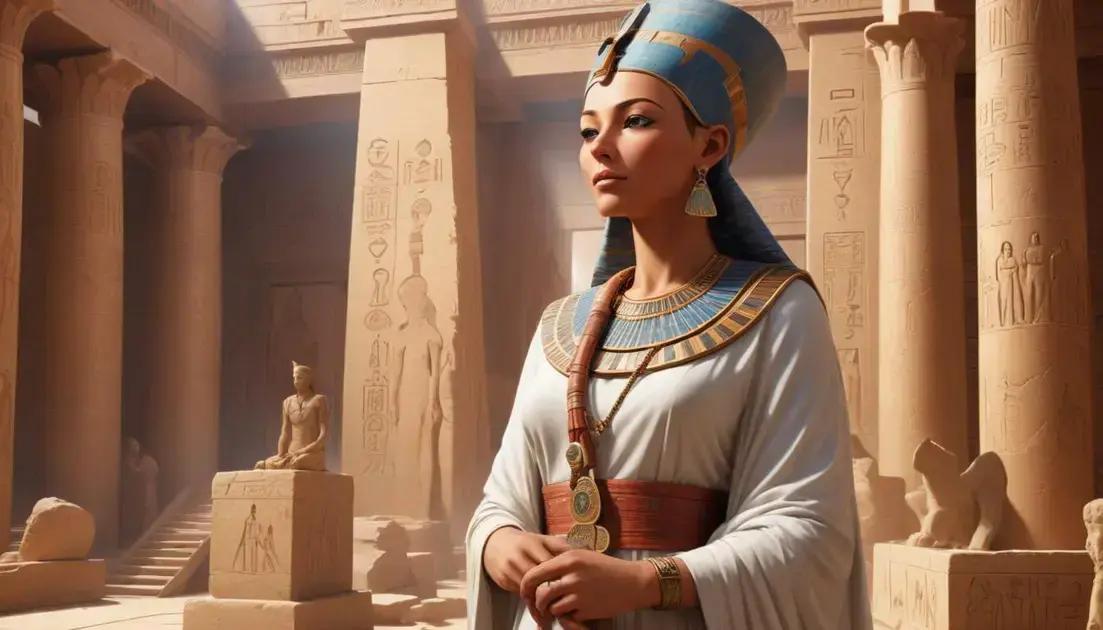
The Legacy of the Pharaohs: How Ancient Egypt Influenced the Modern World
The ancient civilization of Egypt, renowned for its colossal pyramids, magnificent temples, and powerful pharaohs, has indelibly shaped human history. The legacy of these rulers continues to captivate and inspire worldwide. From architecture and art to science and spirituality, the influence of ancient Egypt permeates many facets of modern life. This article delves into the enduring legacy of the pharaohs and how their accomplishments continue to mold our world.
I. The Pharaohs’ Architectural Masterpieces: A Foundation of Modern Design
The pharaohs were unparalleled master builders, and their architectural feats remain awe-inspiring. The Great Pyramid of Giza, constructed during the reign of Pharaoh Khufu (c. 2580–2560 BCE), stands as one of the Seven Wonders of the Ancient World, an enduring symbol of ancient Egypt. Its sheer scale and precise engineering have set a benchmark for architectural excellence for millennia. The pharaohs’ penchant for grand architecture is evident in the majestic temples they erected, such as the Temple of Karnak at Luxor and the Temple of Hatshepsut at Deir el-Bahri. These structures not only showcased the pharaohs’ immense wealth and power but also demonstrated their advanced understanding of mathematics, engineering, and architectural principles.
The meticulous planning and execution of these structures reveal a sophisticated grasp of geometry and engineering. The precise alignment of the pyramids with cardinal directions, the intricate internal chambers, and the colossal scale of the projects all point to a level of organizational and technical skill far beyond what many might expect from an ancient civilization. The use of ramps, levers, and possibly even sophisticated tools remains a topic of debate among archaeologists and engineers, highlighting the enduring mystery and fascination surrounding their construction.
The ingenuity behind the construction techniques is equally remarkable. The quarrying of enormous blocks of stone, their transportation over considerable distances, and their precise placement required immense manpower and an advanced understanding of logistics and engineering. The precision with which the blocks were cut and fitted together, with minimal mortar used, continues to amaze modern engineers and architects. The sheer scale of the undertaking, involving thousands of workers over many years, represents a significant organizational feat.
Beyond the pyramids and temples, the pharaohs’ influence on architecture extends to other structures such as mastabas, causeways, and obelisks. These structures, each unique in design and purpose, showcase the versatility and skill of ancient Egyptian architects. Mastabas, early forms of tombs, demonstrate the evolution of architectural techniques, paving the way for the more elaborate pyramids. Causeways, connecting temples and tombs, highlight the pharaohs’ concern with connecting the earthly and spiritual realms. Obelisks, tall, four-sided monuments, are symbols of power and authority that have inspired architects and designers throughout history.
The pharaohs’ architectural legacy is palpable in many modern buildings and monuments. For instance, the design of the White House, the official residence of the President of the United States, subtly reflects ancient Egyptian architectural influences. The building’s neoclassical style, with its imposing columns and symmetrical façade, echoes the pharaohs’ appreciation for grandeur and symmetry. Similarly, the design of numerous modern museums, such as the British Museum in London and the Louvre in Paris, draws inspiration from ancient Egyptian architecture. These buildings often incorporate imposing stone structures, grand halls, and intricate carvings, all reflecting the pharaohs’ love for grandeur and aesthetic beauty. The use of columns, particularly those with capitals resembling papyrus plants or lotus flowers, is a direct visual link to ancient Egyptian architecture, subtly incorporated into many neoclassical designs. Even the use of monumental scale and symmetrical layouts in public buildings can be traced back to the ancient Egyptian emphasis on order and power.
The influence extends to less obvious areas. The concept of monumental architecture itself – the idea of creating structures of immense size and lasting impact – is a direct legacy of the pharaohs. This concept continues to inspire architects today, who seek to create buildings that embody strength, permanence, and symbolic significance. The principles of symmetry, balance, and proportion, clearly evident in ancient Egyptian architecture, remain cornerstones of modern architectural design.
II. Artistic Innovations: A Timeless Aesthetic
The pharaohs were also patrons of the arts, and their artistic innovations continue to inspire artists and designers. Ancient Egyptian art is characterized by its use of vibrant colors, intricate hieroglyphs, and stylized depictions of deities. The pharaohs’ love for art and beauty is evident in the exquisite tomb paintings, sculptures, and jewelry unearthed in Egypt. The golden mask of Tutankhamun, discovered in 1922 by Howard Carter, remains one of the most iconic examples of ancient Egyptian artistry.
The mastery of ancient Egyptian artists extended to a variety of media, including painting, sculpture, and metalwork. Their paintings, often found adorning tomb walls, depict scenes of daily life, religious ceremonies, and the pharaoh’s journey to the afterlife. The use of vivid colors, flat perspective, and stylized forms created a unique visual language that conveys both narrative and symbolic meaning.
Ancient Egyptian sculpture likewise demonstrates a high level of skill and craftsmanship. The statues of pharaohs, deities, and other important figures reveal a deep understanding of anatomy and proportion, despite the stylistic conventions employed. The use of different materials, such as wood, stone, and metal, reflects the artistic versatility of the era.
The creation of elaborate jewelry and other decorative objects also played a significant role in ancient Egyptian art. The use of precious metals, gemstones, and other materials showcases the wealth and power of the pharaohs and their ability to commission sophisticated works of art. The intricate designs and craftsmanship of these objects reflect the importance placed on beauty and adornment.
The pharaohs’ artistic legacy is evident in many modern art forms. The use of bold colors and geometric patterns in modern art and design owes a debt to ancient Egyptian aesthetics. The pharaohs’ fondness for jewelry and adornment has also influenced modern fashion, with many designers incorporating ancient Egyptian motifs and symbols into their creations. The iconic ankh, the scarab beetle, and other symbolic images from ancient Egypt frequently appear in contemporary jewelry, clothing, and other design elements.
Furthermore, the pharaohs’ utilization of symbolism and metaphor in their art has inspired countless modern artists, writers, and filmmakers. The use of symbolism allows artists to convey complex ideas and emotions in a subtle yet powerful manner, and this approach is rooted in ancient Egyptian artistic traditions. The narrative structure of ancient Egyptian tomb paintings, conveying both literal and symbolic meanings, has influenced contemporary storytelling.
III. Scientific Discoveries: A Legacy of Knowledge
The pharaohs were also patrons of science and learning, and their scientific advancements continue to shape our world. Ancient Egyptian scientists made significant contributions to fields such as mathematics, medicine, and astronomy. The Rhind Papyrus, an ancient Egyptian mathematical text, contains problems and solutions that remain relevant to mathematicians today. The pharaohs’ commitment to science and learning is further evident in their advanced understanding of medicine, documented in the Edwin Smith Papyrus.
The Rhind Papyrus showcases the ancient Egyptians’ knowledge of arithmetic, geometry, and algebra. The papyrus contains a collection of mathematical problems, ranging from simple calculations to complex equations. The solutions demonstrate the Egyptians’ ability to solve problems using practical and effective methods. The papyrus’s importance lies not only in its mathematical content but also in its historical significance as a valuable source of information on ancient Egyptian mathematics.
The Edwin Smith Papyrus, an ancient Egyptian medical text, provides insights into ancient Egyptian surgical techniques and medical knowledge. The papyrus contains descriptions of various injuries, their diagnosis, and treatment methods. It demonstrates a remarkable understanding of human anatomy and physiology for its time. The papyrus’s emphasis on observation, diagnosis, and treatment represents a foundational approach to medicine that still influences medical practice.
Ancient Egyptian astronomy also shows a sophisticated understanding of the celestial bodies and their movements. The Egyptians’ observations of the stars and planets were crucial for their agricultural practices, religious beliefs, and timekeeping systems. The precise alignment of pyramids and temples demonstrates their knowledge of astronomical phenomena, such as solstices and equinoxes.
The pharaohs’ scientific legacy is apparent in many modern scientific discoveries. The application of mathematics and geometry in modern architecture and engineering owes a debt to ancient Egyptian scientists. The pharaohs’ understanding of human anatomy, documented in the Edwin Smith Papyrus, has influenced modern medicine. Furthermore, the pharaohs’ meticulous astronomical observations have significantly contributed to our understanding of the cosmos. The development of sophisticated calendar systems, based on astronomical observations, reflects a deep understanding of celestial mechanics.
IV. Spiritual Legacy: Enduring Beliefs and Practices
The pharaohs were considered divine rulers, and their spiritual legacy continues to fascinate and inspire people worldwide. Their spiritual practices, centered on the worship of a complex pantheon of gods and goddesses, have influenced many modern spiritual traditions. The use of symbolism and metaphor in spiritual practices, such as the use of sacred animals and plants, owes a debt to ancient Egyptian spirituality.
Ancient Egyptian religion was polytheistic, featuring a vast pantheon of gods and goddesses, each with their own unique characteristics and domains. The most prominent deities included Ra, the sun god; Osiris, god of the underworld; Isis, goddess of magic and motherhood; and Horus, god of the sky. These deities were represented in various forms and played key roles in ancient Egyptian mythology and religious rituals. The pharaoh himself played a central role in the religious life of ancient Egypt, acting as an intermediary between the gods and the people.
The belief in an afterlife was a central aspect of ancient Egyptian religion. The Egyptians believed that after death, the soul would embark on a journey to the underworld, where it would be judged by Osiris. Those who passed the judgment would gain eternal life in the Field of Reeds, a paradise similar to the earthly world. This belief in the afterlife shaped many aspects of ancient Egyptian life, particularly funeral practices and the construction of elaborate tombs.
The concept of Ma’at, the cosmic order and justice, played a central role in ancient Egyptian spirituality. Ma’at emphasized truth, balance, and harmony in all aspects of life. The pharaohs were responsible for upholding Ma’at, ensuring the stability and well-being of the kingdom. The concept of Ma’at continues to resonate with many spiritual traditions, emphasizing the importance of ethical conduct and social responsibility.
The pharaohs’ spiritual legacy is evident in many modern spiritual traditions. The use of meditation and mindfulness in modern practices like yoga and Buddhism echoes aspects of ancient Egyptian spiritual practices. The pharaohs’ emphasis on the afterlife and preparation for death has influenced modern spiritual traditions, with many people worldwide still believing in some form of afterlife. The focus on ritual and symbolism, evident in ancient Egyptian religious practices, also resonates with various modern spiritual traditions. The use of sacred symbols, such as the ankh, the scarab beetle, and the eye of Horus, continues to appear in contemporary spiritual practices, reflecting the enduring power of ancient Egyptian symbolism.
V. Conclusion: A Legacy for the Ages
The pharaohs’ legacy profoundly shapes our world today, with their contributions to architecture, art, science, and spirituality influencing many aspects of modern life. Their appreciation for grandeur and beauty has inspired countless works of art, architecture, and literature. Their scientific discoveries have advanced modern science and technology, while their spiritual practices have shaped many modern spiritual traditions. As we continue exploring and learning about the pharaohs and their achievements, we are reminded of the enduring power of human creativity, innovation, and imagination.
The study of the pharaohs and their legacy is an interdisciplinary field, drawing on archaeology, history, art history, Egyptology, and numerous other disciplines. Ongoing research continually reveals new insights into the complexity and richness of ancient Egyptian civilization. New discoveries, whether through archaeological excavations or advancements in scientific analysis techniques, continue to enrich our understanding of this fascinating culture. The legacy of the pharaohs remains a source of inspiration and fascination, reminding us of the enduring human capacity for creativity, innovation, and the pursuit of knowledge. The pharaohs may be long gone, but their remarkable impact on our world remains a powerful and enduring testament to the human spirit.


